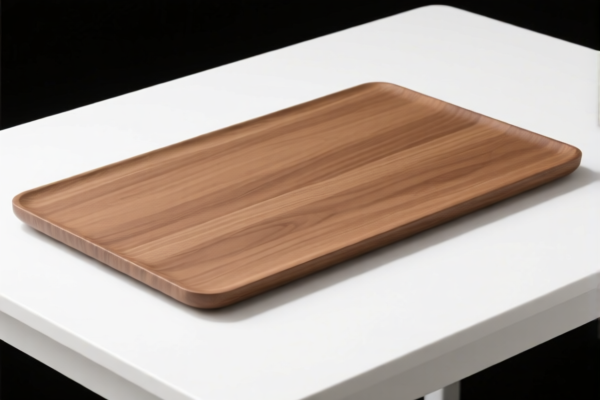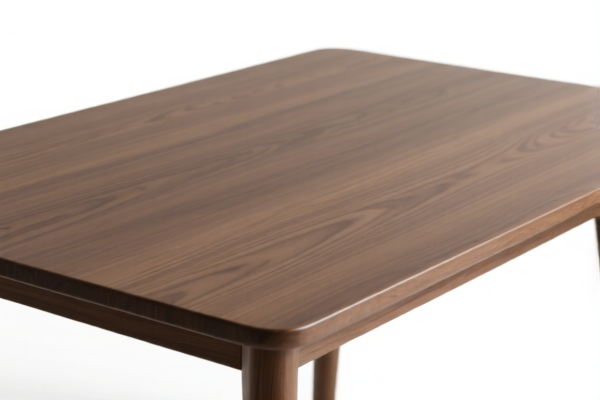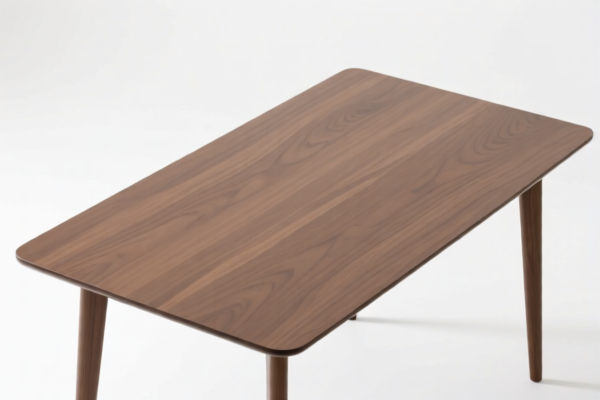| HS Code | Official Doc | Tariff Rate | Origin | Destination | Effective Date |
|---|---|---|---|---|---|
| 6911103510 | Doc | 63.5% | CN | US | 2025-05-12 |
| 6911103710 | Doc | 45.5% | CN | US | 2025-05-12 |
| 6912003510 | Doc | 39.8% | CN | US | 2025-05-12 |
| 7013411000 | Doc | 52.5% | CN | US | 2025-05-12 |
| 7013421000 | Doc | 42.5% | CN | US | 2025-05-12 |
| 3924102000 | Doc | 44.0% | CN | US | 2025-05-12 |
| 3924104000 | Doc | 33.4% | CN | US | 2025-05-12 |
| 7323999030 | Doc | 83.4% | CN | US | 2025-05-12 |
| 8215200000 | Doc | The rate of duty applicable to that article in the set subject t+30.0% | CN | US | 2025-05-12 |
| 7114114500 | Doc | 58.0% | CN | US | 2025-05-12 |
| 7114115000 | Doc | 58.3% | CN | US | 2025-05-12 |




Okay, let's break down the HS codes and tax implications for your "TABLE SETTING" declaration. I'll provide a structured analysis to help you understand the classifications and potential costs.
Understanding HS Codes: A Quick Primer
HS codes (Harmonized System codes) are internationally standardized codes used to classify traded products. The first two digits generally indicate the chapter, the next two the subheading, and further digits provide more specific details. Here's how to interpret them in your case:
- Chapter 69: Ceramic tableware (porcelain/china)
- Chapter 70: Glassware
- Chapter 39: Plastics tableware
- Chapter 73: Iron or steel tableware
- Chapter 82: Spoons, forks, etc.
- Chapter 71: Goldsmiths' or silversmiths' wares
Detailed Analysis of Your HS Codes
Here's a breakdown of each code, with key considerations:
- 6911.10.35.10: Tableware, kitchenware, of porcelain or china; Sets with a total value not exceeding $56
- 69: Ceramic products
- 11: Tableware/kitchenware
- 10: Porcelain/China
- 35: Sets, value ≤ $56
- Tax: 26.0% Basic + 7.5% Additional (Total 63.5%). Important: This rate applies only if the aggregate value of the set is under $56.
- 6911.10.37.10: Tableware, kitchenware, of porcelain or china; Sets with a total value exceeding $56 but not exceeding $200
- Tax: 8.0% Basic + 7.5% Additional (Total 45.5%). Important: This rate applies if the aggregate value is between $56 and $200.
- 6912.00.35.10: Ceramic tableware, kitchenware, other than porcelain or china; Sets, value ≤ $38
- Tax: 9.8% Basic + 0.0% Additional (Total 39.8%).
- 7013.41.10.00: Glassware of lead crystal, valued not over $1 each
- Tax: 15.0% Basic + 7.5% Additional (Total 52.5%).
- 7013.42.10.00: Glassware (non-lead crystal), pressed and toughened
- Tax: 12.5% Basic + 0.0% Additional (Total 42.5%).
- 3924.10.20.00: Plastics tableware (plates, cups, etc.)
- Tax: 6.5% Basic + 7.5% Additional (Total 44.0%).
- 3924.10.40.00: Other plastics tableware
- Tax: 3.4% Basic + 0.0% Additional (Total 33.4%).
- 7323.99.90.30: Iron/steel tableware, not coated/plated
- Tax: 3.4% Basic + 25.0% Additional (Total 83.4%). Important: This has a very high additional tariff.
- 8215.20.00.00: Assorted sets of spoons, forks, etc.
- Tax: Variable, based on the component articles in the set + 30.0% Additional. Important: You'll need to determine the duty rate of the most expensive item in the set and apply that rate, plus 30%.
- 7114.11.45.00: Silver sets (including knives, forks, spoons)
- Tax: 3.0% Basic + 25.0% Additional (Total 58.0%).
- 7114.11.50.00: Sterling silver tableware
- Tax: 3.3% Basic + 25.0% Additional (Total 58.3%).
Key Considerations & Recommendations
- Value of Sets: The value of the sets is critical for codes 6911.10.35.10 and 6911.10.37.10. Accurate valuation is essential.
- Material Composition: Ensure you correctly identify whether items are porcelain/china (6911) or other ceramic (6912).
- Lead Crystal: If glassware is lead crystal, use code 7013.41.10.00.
- Steel/Iron: Be very careful with 7323.99.90.30. The 25% additional tariff is significant.
- Set Composition (8215.20.00.00): For sets of cutlery, determine the duty rate of the most expensive item in the set.
- 2025.4.2 Tariff Changes: Be aware that additional tariffs will increase to 30% on April 2, 2025, for many of these codes.
- Certifications: Depending on the end use of the tableware (e.g., food contact), you may need certifications like FDA compliance.
- Single vs. Sets: If items are sold individually, the HS code and tariff will be different than if they are sold as a set.
To help me refine this analysis further, could you please provide:
- The exact value of each set you are importing.
- The material composition of each item (e.g., porcelain, ceramic, lead crystal, stainless steel).
- The end use of the tableware (e.g., household use, restaurant use).
Disclaimer: I am an AI assistant and cannot provide definitive customs advice. This information is for general guidance only. You should consult with a licensed customs broker or import specialist for accurate and specific guidance based on your individual circumstances.
Customer Reviews
No reviews yet.